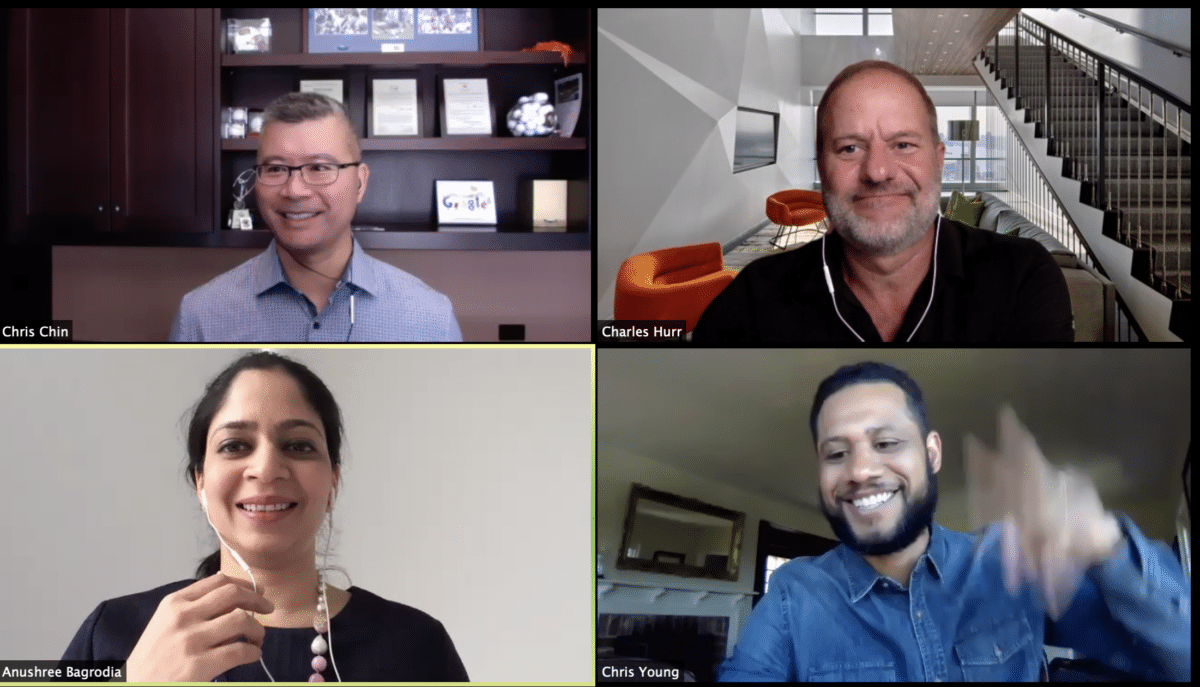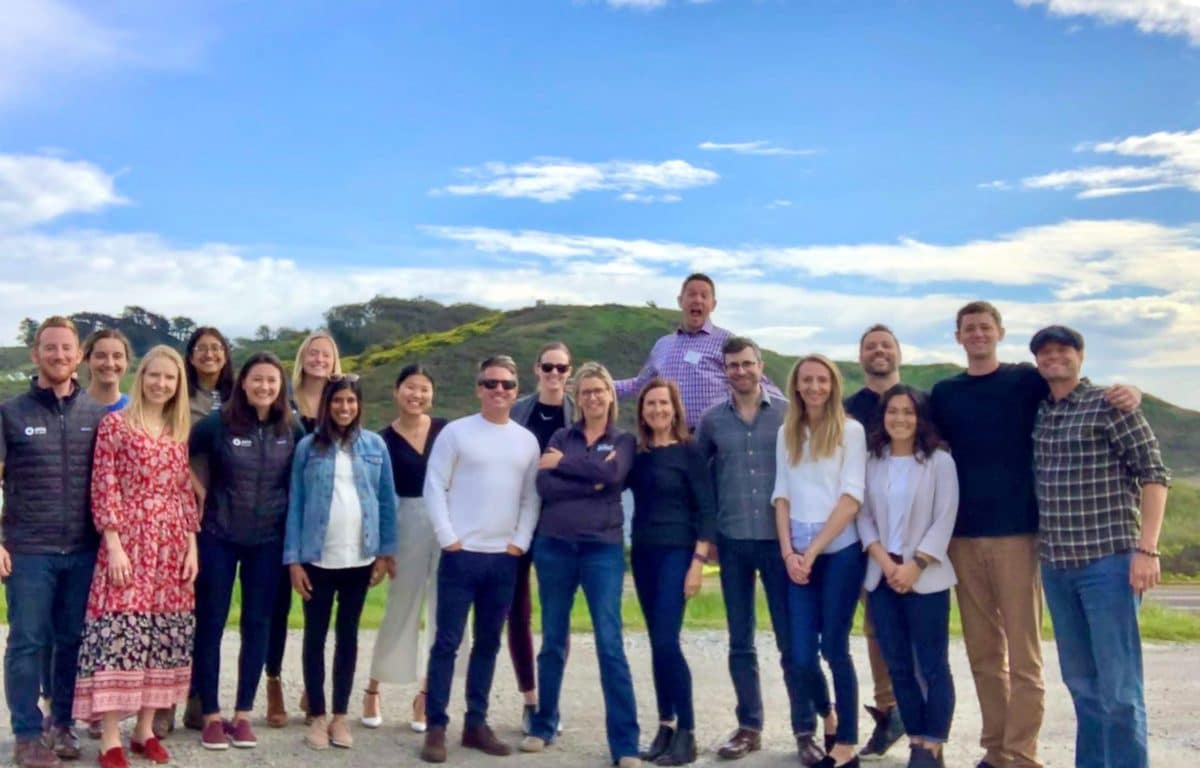Businesses are becoming more agile as they adapt to the tectonic shifts in our world. As guardians of their companies, legal teams must also become more agile so that they are not merely reacting to changes, but proactively minimizing risks and driving business forward.
Recently, senior legal leaders from Google, L’Oréal USA and Mastercard joined Ironclad’s general counsel, Chris Young, for our online panel, “In-house Counsel’s Essential Role in Business Continuity.” Senior legal leaders Chris Chin (Deputy General Counsel at Google), Anushree Bagrodia (Senior Managing Counsel at Mastercard) and Charles Hurr (Associate General Counsel at L’Oréal USA) shared learnings on adapting to changing demands, the role of digital contracting technology, and building a business case for purchasing legal technology in a time of economic uncertainty.
Here are our three top takeaways from the event:
1. The right tools enable in-house counsel to be strategic partners rather than blockers.
On the challenge of staying agile in the face of increasing demands on legal teams, Anushree Bagrodia, Senior Managing Counsel at Mastercard, noted, “One of the problems is how do I free up my lawyers to really be that business partner and work on those strategic problems as we continue to grow and diversify our core business? How can we gain more capacity for our lawyers?”
To save the legal team time, Mastercard implemented Ironclad’s digital contracting platform. “We’ve launched Ironclad for maybe six weeks now, and it’s been phenomenal,” said Bagrodia. The legal team quickly saw increased efficiency and now has more capacity to focus on strategic tasks.
On the tool’s impact on the business at large, she explained, “What a lot of people don’t appreciate is that the law department is strategic for the business as whole. By putting all of this on a CLM [contract lifecycle management] tool, we can do better reporting now of capacity issues for our lawyers, and help our finance teams and business more holistically.”
2. Legal technology is key to efficiency for in-house counsel.
Chris Chin, Deputy General Counsel at Google, also highlighted legal technology’s impact on efficiency. “As you’re trying to be more efficient, you can use technology to support that,” said Chin, who manages Google’s legal technology and transformation team. “We have a lot of use cases where you can show significant time savings by using technology in your practice of law.”
He explained why legal technology like Ironclad’s digital contracting platform plays an especially critical role for in-house counsel: “It’s definitely different [from] the big law experience. You are not paid by the hour. You need to get as much work done as possible, and that’s when you’re rewarded for efficiency. That’s why we use technology as much as possible.”
You are not only solving for the legal strategic problem, but also providing the operational efficiency to the organization as a whole—if you can deliver that kind of promise and show results, that’s phenomenal for us.
– Anushree Bagrodia, Senior Managing Counsel, Mastercard

3. To make a successful business case for digital contracting technology, prove its value to your cross-functional stakeholders.
Building the case for digital contracting tech requires “thinking beyond creating contracts and being able to solve those problems for other stakeholders.” A creative, cross-functional approach requires three things.
First, there needs to be a single owner for the initiative, and that owner should be Legal. “Our process was completely led by Legal. I think that’s absolutely the right approach, at least for our case,” said Charles Hurr, Associate General Counsel at L’Oréal USA. “We are an enormous enterprise and we have lots of processes and procedures, especially around IT spend, [and there are] many levels of review.” Having a single owner ensures that no part of the process leading up to adoption falls through the cracks.
Chris Chin added that the right metrics are the crux of a persuasive business case. “The most successful metric that we’ve found thus far is FTE savings: we can eliminate X thousands of hours of working on NDAs, for example. You can extrapolate that over the cost of an FTE over the course of a year, and justify the spend.”
All the panelists agreed that it’s critical to understand and empathize with other stakeholders’ problems when making the case for legal tech. On proving the value of Ironclad, which L’Oréal now uses, Hurr said, “Ironclad isn’t just a contract platform; it’s a process platform. We’ve built workflows that don’t result in contracts. We’ve built workflows for data privacy reviews that are part of the contracting process. We’ve done it for reviews of influencers.”
How has your legal team found ways to be more agile? We’d love to hear about your learnings. Join our community of legal professionals to continue the conversation and get access to more events like this.
If you missed the panel, you can watch it here:
Ironclad is not a law firm, and this post does not constitute or contain legal advice. To evaluate the accuracy, sufficiency, or reliability of the ideas and guidance reflected here, or the applicability of these materials to your business, you should consult with a licensed attorney. Use of and access to any of the resources contained within Ironclad’s site do not create an attorney-client relationship between the user and Ironclad.

